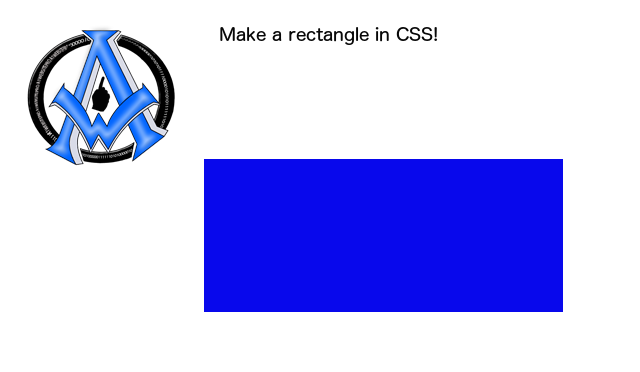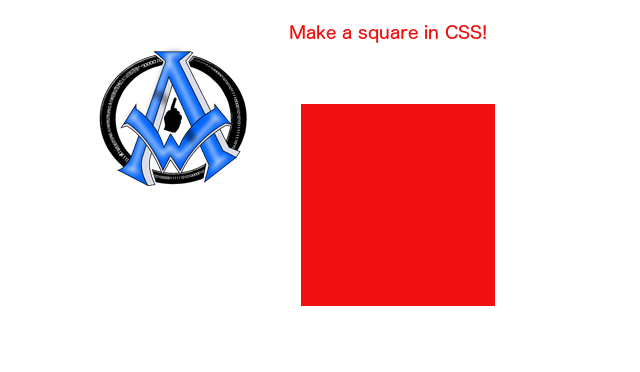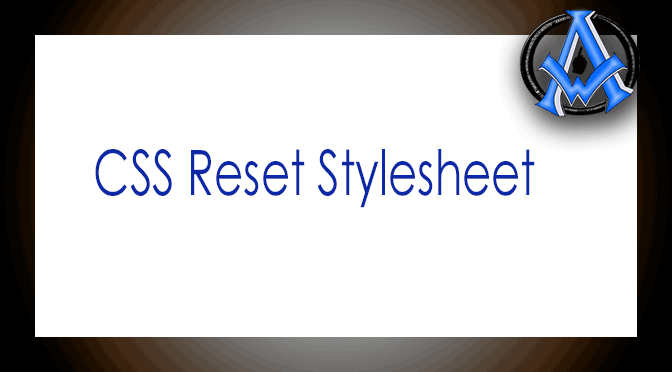Category Archives: CSS Tips and Tricks

This short sweet tutorial will show you how to make a rectangle in CSS. First thing is you want to set up your div, we are going to give our div an id of rectangle. [code]<div id="rectangle"></div>[/code] Now lets enter our CSS to make our rectangle. [code]<style>#rectangle{width:200px; height:100px;}</style>[/code] We can give it a background color Read More

To make a square in CSS set up your div and name is whatever you want to name it. We will give our div a name of square. [code]<div id="square"></div>[/code] Now all we do is style it in CSS. [code]<style>#square{width:100px; height:100px;}</style>[/code] You can also give it some background color. [code]<style>#square{width:100px; height:100px; background:red;}</style>[/code] Make a Square Read More

So when you code a lot of websites you need a reset stylesheet written in CSS that will help with the process. Sure you can write it out over and over again but here is one I like to use to give a quick start to the stylesheet. [code] html, body, div, span, object, iframe, Read More
A1WEBSITEPRO Social Media Pages
Here are my social media pages, lets hook up!